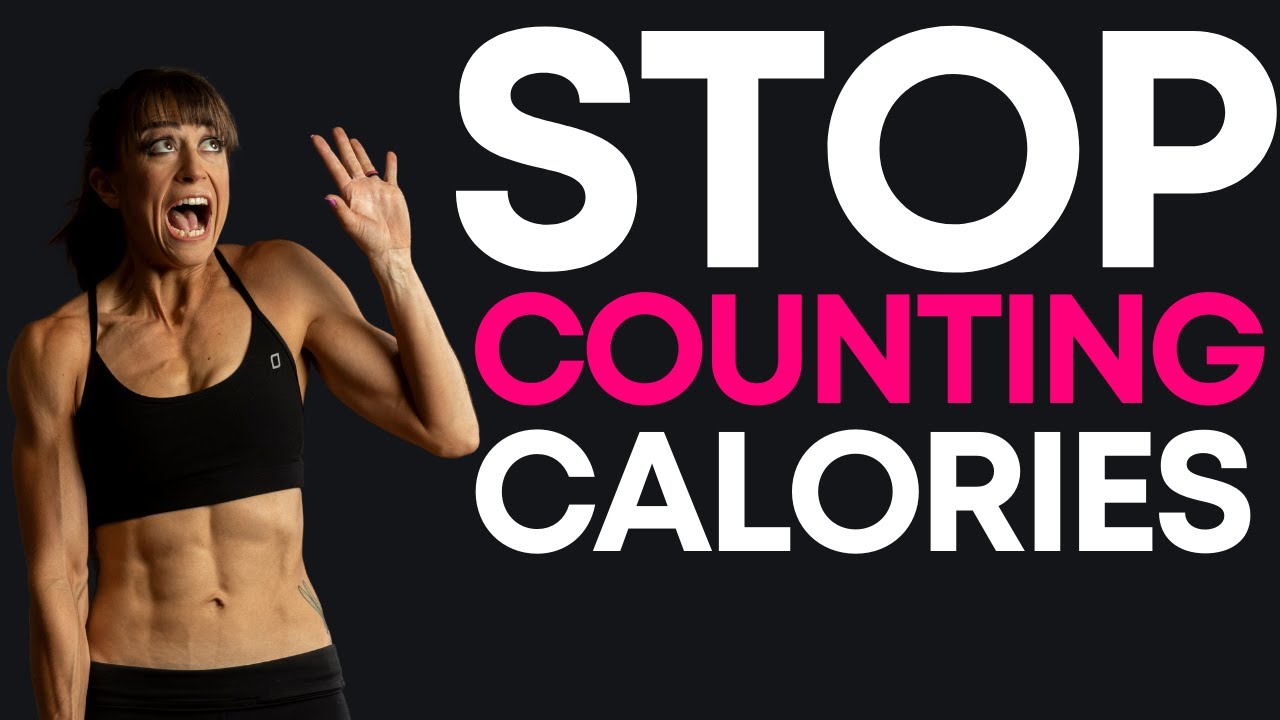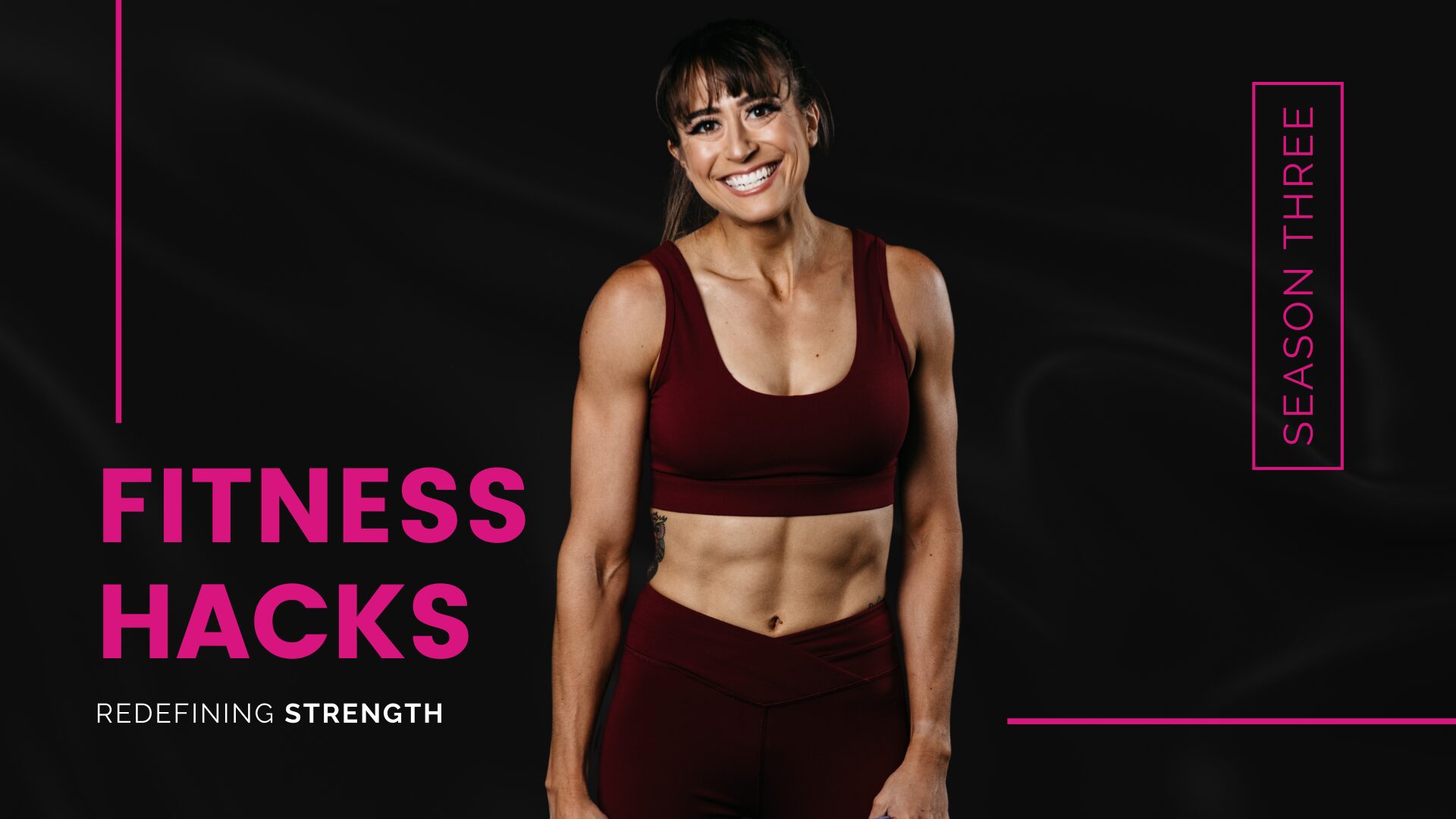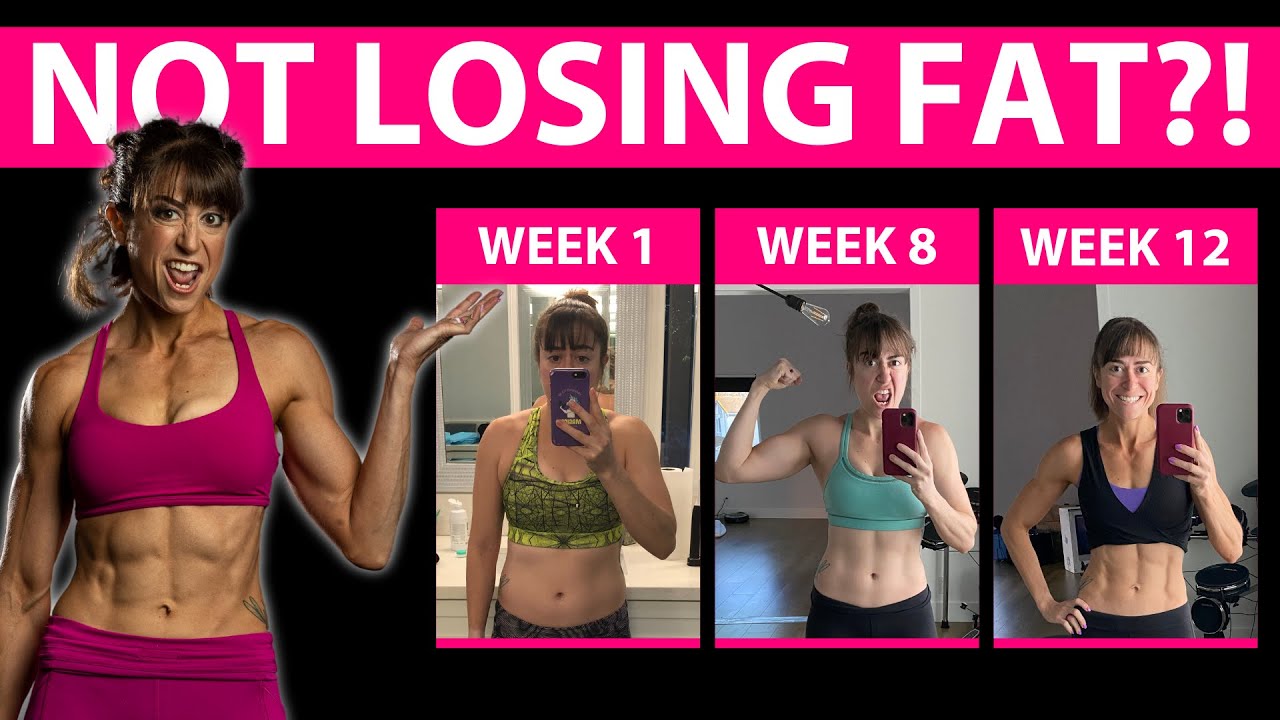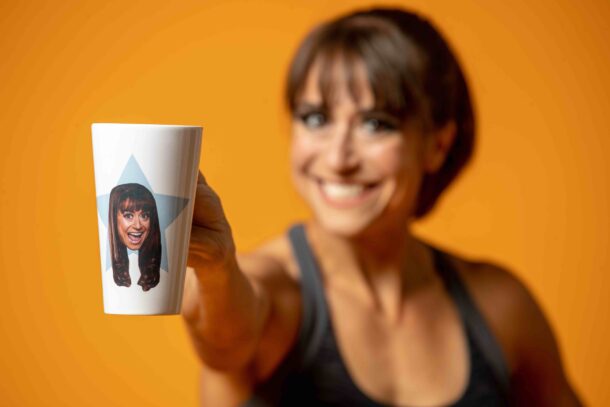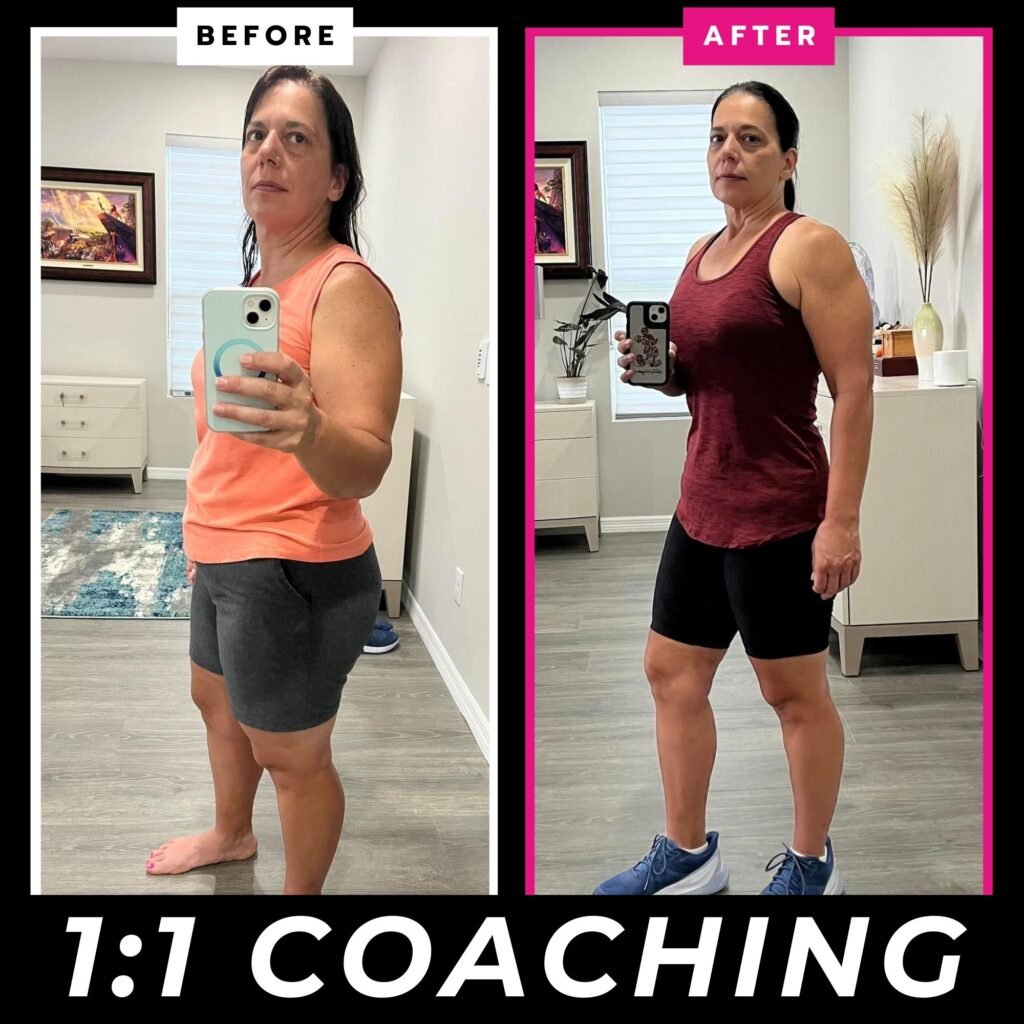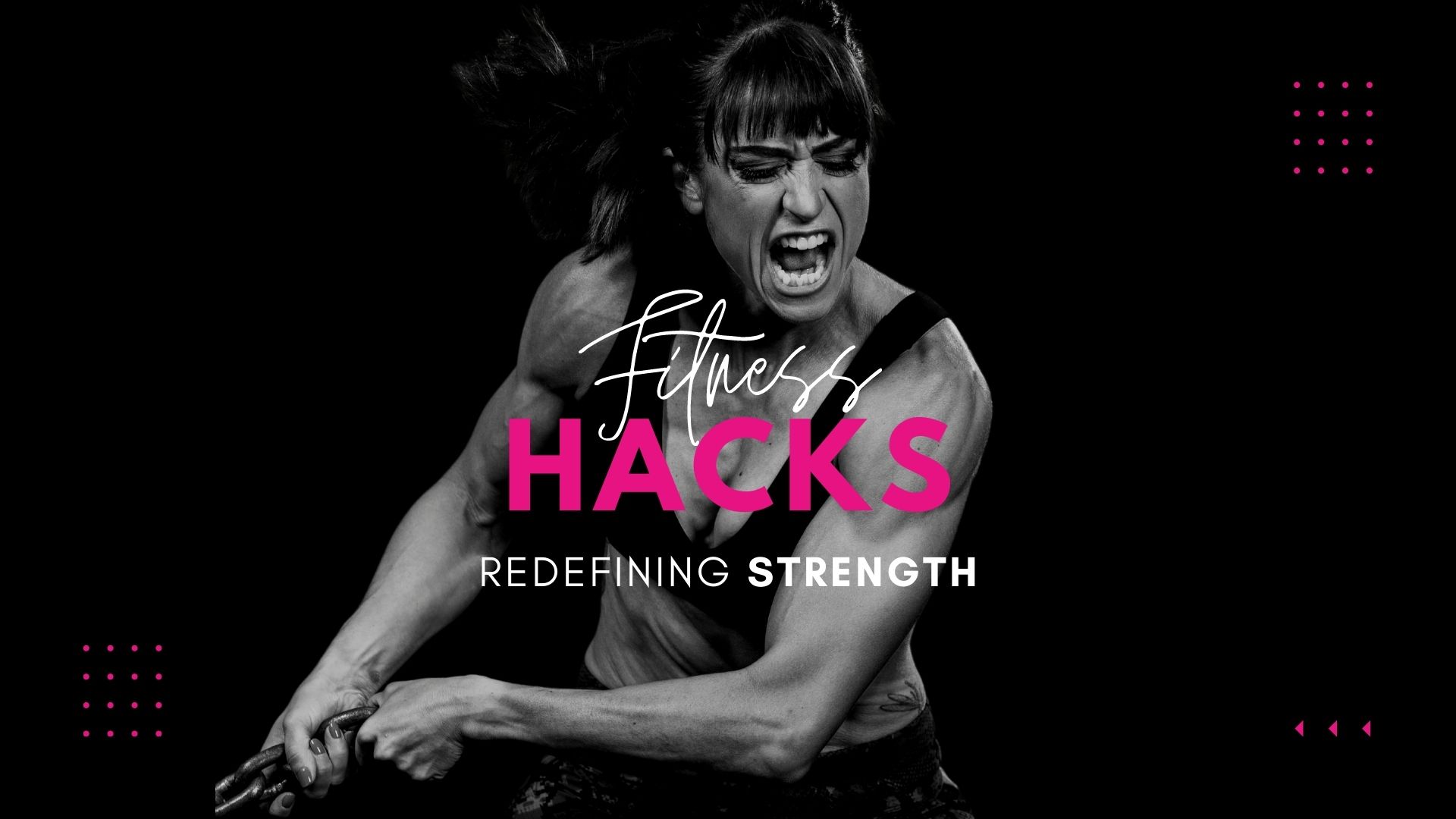
FHp 401 – Embrace The Suck!
So often the easy decision is just repeating the same habits and routines and patterns that haven’t moved us forward.
If we’re feeling challenged and uncomfortable often that means we are on the right track. That we are doing what we need to do.
If you’ve encountered times recently where you’ve wanted to give up…
DON’T!
Remind yourself of these things as you move into 2022 and plan to rock those results and move forward in ANY area of your life…
#1: Realize that what got you to this point, may stop working. Each phase of life, of a goal, may require new habits or routines or practices. Just because something worked in the past, and is now comfortable, doesn’t mean it will be what you need to take that next big leap forward. Don’t put up walls against reflecting on what is truly going on and what is truly needed.
#2: You need to embrace the hard. It’s easy to get caught up in how easy it seemed for someone else. But trust me, the best results in life come from the hardest struggles. And anyone who’s really achieved something has had their own set of struggles. Stop comparing. Prepare yourself for the challenges to come. Recognize them and own them. Then when things do pop up they won’t be near as bad because you’re prepared mentally for something hard to happen!
#3: Realize that sacrifice is at times necessary and you get to pick your suck. Often we weren’t happy where we were. And often through the growth, there will be times we want to give up because it’s hard. But ultimately one will get us to a better place while the other won’t. Either we can embrace the suck of staying stuck or we can embrace the suck of moving forward!
#4: Remind yourself why you started. And I don’t even just mean reminding yourself of your goal. I also mean reminding yourself of why you didn’t like where you used to be. It can be hard to FEEL the benefit of a goal we haven’t reached. But often reminding ourselves of the “pain” of where we were is still fresh enough to move ourselves forward.
Note why it’s worth it. In the moment we get caught up in the pain. In the thing we don’t like. But remind yourself why it is worth it to do what you love or to reach that goal. Even in these moments jot down one WHY to kick yourself out of seeking that immediate gratification. And then after, even consider ways you don’t have to handle this problem in the future!
#5: If you feel yourself putting up a wall, dig harder. It’s hard to look at ourselves and our habits honestly and want to make changes. It’s easier often to pretend like you’re doing everything right, when clearly something is up if you aren’t moving forward. If you feel yourself about to DEFEND something, pause your brain and realize that may be the exact thing you need to change. Dig deeper. Why are you truly attached to this? Why do you feel this habit or system or process is so perfect it can’t be improved? Often you’ll realize that something is holding you back from changing what you should!
SUMMARY:
Just remember setbacks, slip ups and mistakes are part of success.
And no journey forward will ever be easy.
So get ready to embrace the hard and recognize it means you’re doing what is needed to reach a goal you truly want or do something you really love.
How to Lose Bodyfat and Keep it Off Forever Without Feeling Miserable….

